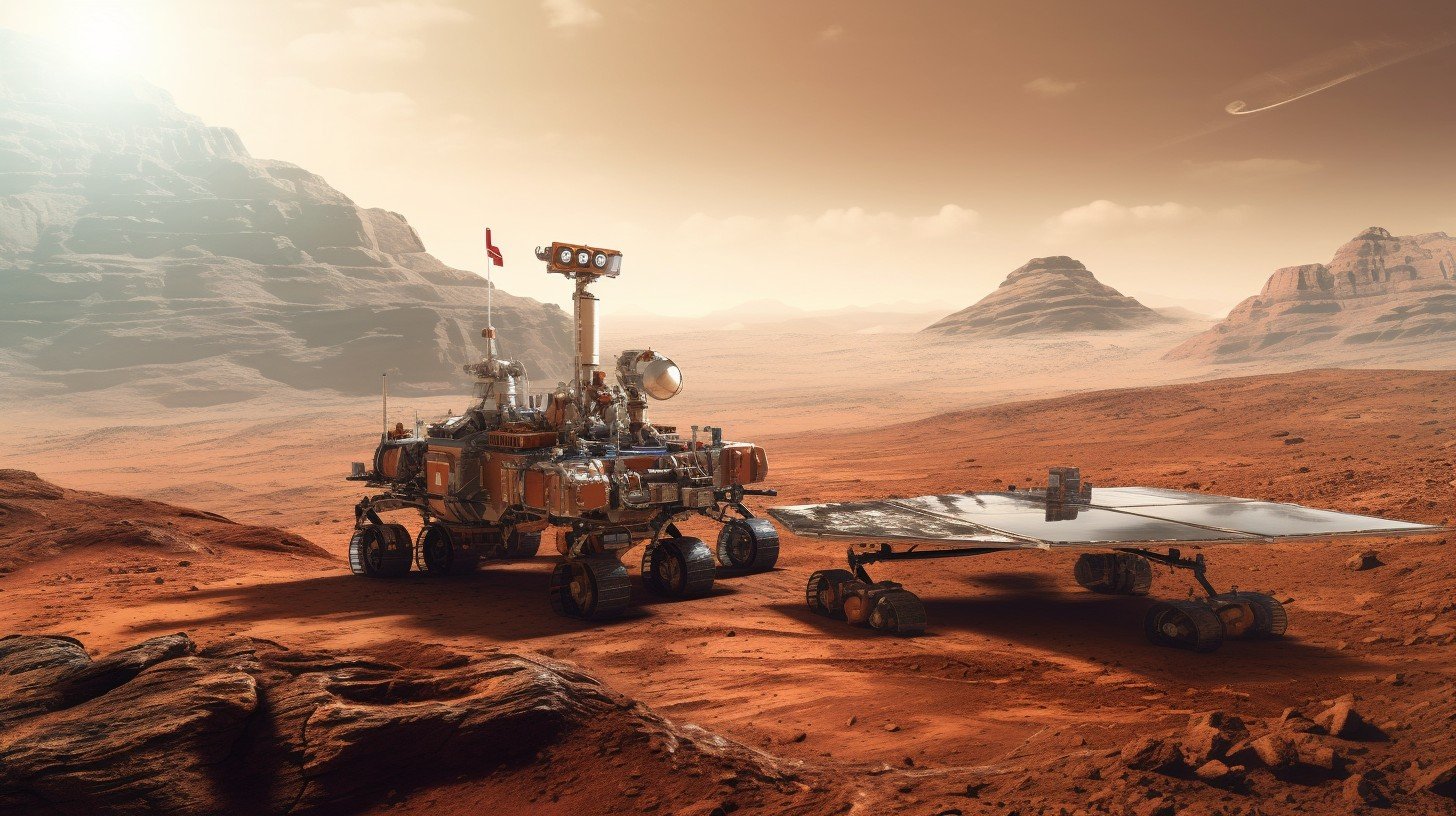China’s Mars exploration roadmap includes the upcoming Tianwen-2 mission, scheduled for launch in early 2025.

China has declared the successful building of a state-of-the-art computer model to replicate the Martian atmosphere, marking a key step toward its ambitious exploration aspirations on the planet. With a launch date of between 2028 and 2030, China’s forthcoming Mars sample return mission, Tianwen-3, stands to benefit greatly from this ground-breaking achievement.
The newly developed atmospheric model, named the Global Open Planetary atmospheric model for Mars, or GoMars, intricately replicates the complex cycles of dust, water, and carbon dioxide in Martian atmosphere. This innovative tool will be instrumental in simulating meteorological conditions essential for landing spacecraft, providing critical data on surface temperature, wind patterns, and dust dynamics.
Published in the Chinese Science Bulletin, the study underscores the importance of this atmospheric model in supporting the Tianwen-3 mission.
The mission entails a lander collecting up to 1.1 pounds (500 grams) of Martian rock samples using a drill and a robotic arm. Subsequently, an ascent vehicle will propel the collected samples back into Mars orbit, where it will rendezvous with an orbiting spacecraft for the return journey to Earth.
Lead researcher Wang Bin highlighted the practical applications of the GoMars model, stating, “It can simulate the temperatures of the landing zone, and scientists can use these data to design materials that are suitable for building Mars rovers to cope with extreme cold.” This capability is crucial for optimizing the design and functionality of equipment that will operate in the harsh Martian environment.
The GoMars model draws from data gathered by China’s Mars rover Zhurong, NASA’s Viking 1 and 2 landers, and the OpenMARS reanalysis dataset, a comprehensive global record of Martian weather conditions. Zhurong, part of China’s Tianwen-1 interplanetary mission launched in 2020, has been pivotal in providing valuable insights for the development of this advanced atmospheric simulation tool.
China’s Mars exploration roadmap includes the upcoming Tianwen-2 mission, scheduled for launch in early 2025. This mission will venture to a near-Earth asteroid and a main belt comet. Following Tianwen-3’s Martian sample return mission, Tianwen-4, set to launch around 2030, will set course for Jupiter and its moon Callisto. Additionally, Tianwen-4 will deploy a probe for a flyby of Uranus, showcasing China’s strategic expansion of interplanetary exploration endeavors.
The successful creation of the GoMars atmospheric model underscores China’s commitment to advancing its capabilities in space exploration. As the Tianwen-3 mission approaches, the integration of this sophisticated tool is poised to enhance the precision and success of China’s endeavors in collecting and analyzing Martian rock samples, contributing valuable insights to our understanding of the Red Planet.